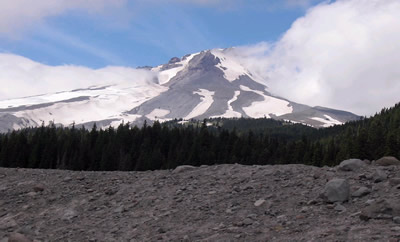- WATER (THE HYDROSPHERE)
- Ocean
- Rivers
- Groundwater
- Ice
- Our Changing Planet
- Clouds
- Water Cycle
- Ocean Life
- Ocean Chemistry
- Water News
- Water Images
- Teaching Resources
Water
Water is found in many places on Earth including on the surface of the planet, within rocks below the surface, and in the atmosphere. Water travels between different areas of the Earth through the water cycle. About 70% of the Earth surface is covered with water, and most of that is the ocean. Only a small portion of the Earth's water is freshwater, which is found in rivers, lakes, and groundwater. Freshwater is needed for drinking, farming, and washing. In addition to liquid water, water is also present on Earth in the form of ice. Without water, life as we know it would not exist.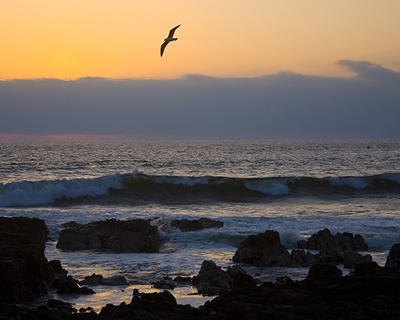
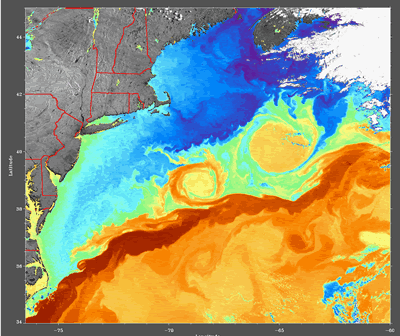
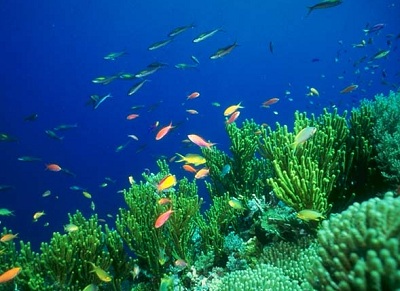
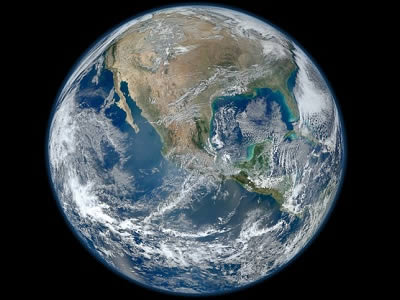
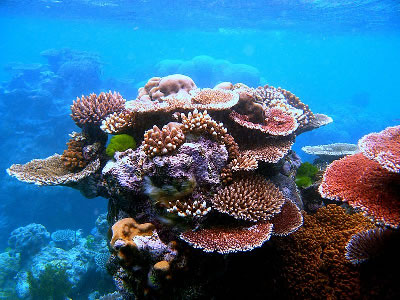
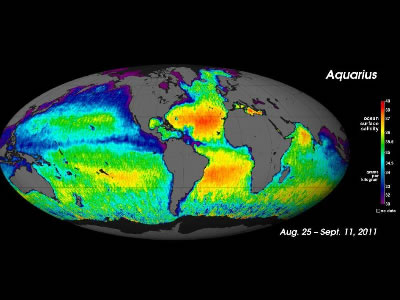
Please log in
Science Blogs
Real Climate: climate science from climate scientists

Windows to the Universe, a project of the National Earth Science Teachers Association, is sponsored in part is sponsored in part through grants from federal agencies (NASA and NOAA), and partnerships with affiliated organizations, including the American Geophysical Union, the Howard Hughes Medical Institute, the Earth System Information Partnership, the American Meteorological Society, the National Center for Science Education, and TERC. The American Geophysical Union and the American Geosciences Institute are Windows to the Universe Founding Partners. NESTA welcomes new Institutional Affiliates in support of our ongoing programs, as well as collaborations on new projects. Contact NESTA for more information.






